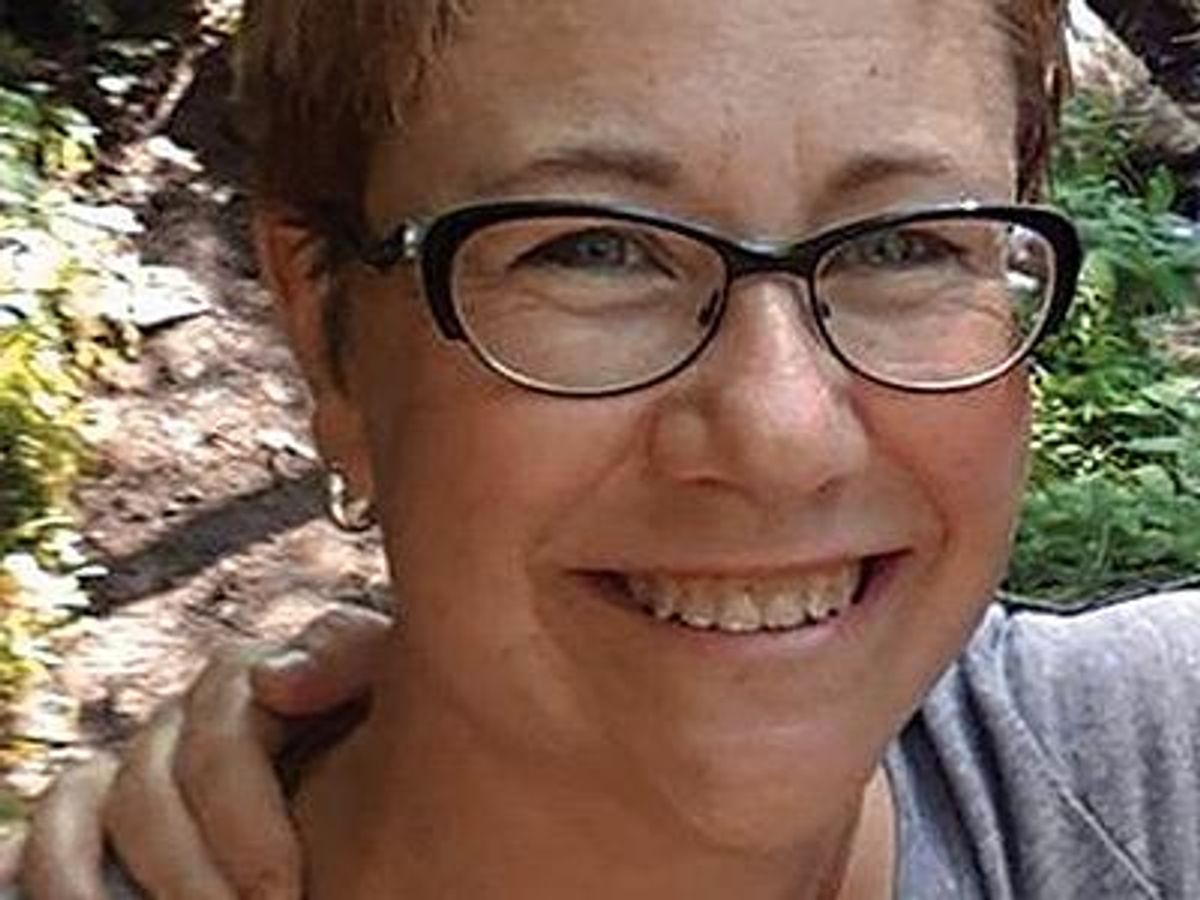As a leader of the U.S. implementation of the People Living With HIV Stigma Index, research director for the Sero Project, and regional coordinator of GNP+NA, the North American affiliate of the Global Network of People Living With HIV, Laurel Sprague is “a research powerhouse who has moved community-based research and PLHIV leadership forward,” says Vreeland.
When she was diagnosed in 1991, she was 20 years old. “I became ill very quickly and many of the friends who became my support system were dying too,” she says. “What I really cared about was my son, who was an infant, and how I could possibly give him what he needed to be OK without me…a group of gay men with HIV in southeastern Michigan, my first support group, helped me. Between them, they taught me a kind of endurance, generosity, graciousness. In retrospect, it feels like the work I do just happened, but I think it started in those fragile friendships. We couldn’t do anything to stop what was happening, but we could do a lot to be there for each other.”
Ask anyone and they’ll tell you Sprague, who works with grassroots organizations to support participatory, community-based research projects, is there for anyone who asks. She has provided technical assistance to local, national, and global organizations and to networks of people living with HIV throughout North America as well as sub-Saharan Africa, Central and Eastern Europe, and Central Asia. She coordinates the research work of GNP+NA and the Sero Project. Sprague teaches political science at Eastern Michigan University and is a Ph.D. candidate at Wayne State University in Detroit. Her research focuses on the resiliency and capability of people, particularly when faced with stigma and discrimination, criminalization, and human rights abuses.
Since 2009 she has provided worldwide technical assistance on the development and implementation of the Stigma Index, which Sprague described as “a research action tool for communities living with HIV to be able to document our lived experiences of HIV-related stigma and discrimination, and to then use the results as evidence for advocacy work on our own behalf,” in an interview with the Stigma Action Network’s blog. Now she’s leading the U.S. implementation of a tool that’s meant to both “address stigma relating to HIV while also advocating on the key barriers and issues perpetuating stigma—a key obstacle to HIV treatment, prevention, care and support.”
Since the project began in 2008, more than 50 countries have completed the study. More than 1,300 people living with HIV have been trained as interviewers and 50,000 have been interviewed. The Stigma Index questionnaire has been translated into 54 languages.













































































